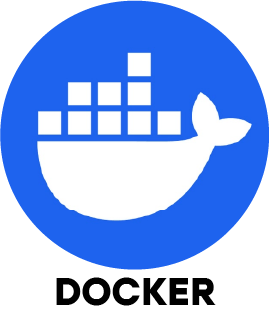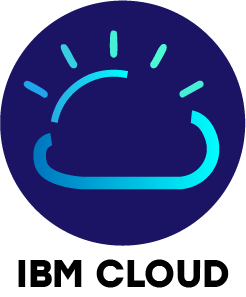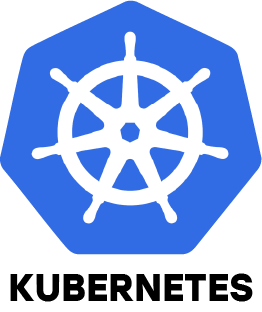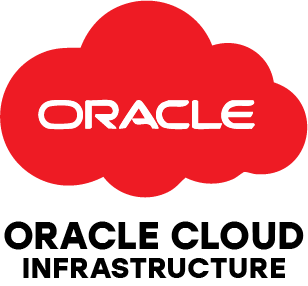1. Can you explain IaaS, PaaS and SaaS in cloud computing?
Ans:
There are three basic types of cloud services. IaaS, PaaS and SaaS. IaaS (Infrastructure as a Service) offers basic cloud resources like storage, servers, and networking, where users manage the OS and applications. PaaS (Platform as a Service) gives developers a ready-to-use environment to build and run applications without handling hardware or OS-level setup. Software as a Service provides fully working software over the internet like Gmail or Microsoft 365, which users can access without installing anything.
2. What is IAM, and why is it essential in cloud computing?
Ans:
IAM, or Identity and Access Management, helps control who can access cloud resources. To guarantee that only appropriate individuals have access to particular services or data, it enables you to create users, specify roles and establish permission levels. IAM lowers the danger of unwanted access by assisting businesses in adhering to concept of least privilege.
3. How does AWS Auto Scaling work?
Ans:
Auto Scaling in AWS automatically adds or removes virtual machines depending on traffic levels. When website or app experiences high traffic, more instances are created to handle the load. When traffic decreases, extra instances are shut down to save cost. This ensures that application always performs well without manual adjustments.
4. What makes a cloud service fault-tolerant?
Ans:
A fault-tolerant cloud system continues to work even when parts of it fail. This can be done by spreading resources across multiple availability zones or data centers. If one zone has issues, others can take over. Using load balancers, automatic scaling, regular backups and monitoring tools helps ensure that system stays available and quickly recovers from failures.
5. What are AWS regions and availability zones?
Ans:
AWS divides its infrastructure into regions like Asia-Pacific or North America and each region contains multiple availability zones. These zones are separate data centers that work together to ensure services stay online. If one zone has a problem, others continue running, making applications more reliable and faster for users based on their location.
6. How does CI/CD support cloud development?
Ans:
Code testing and deployment are automated using the continuous integration and deployment or CI/CD. When developers push changes, CI tools test the code automatically and if all tests pass, CD tools deploy the changes to server. This makes development faster, reduces errors and ensures applications are updated quickly and reliably in cloud.
7. How is data backup and disaster recovery handled in the cloud?
Ans:
Cloud platforms offer built-in tools like AWS Backup and Azure Backup for scheduling regular backups. Data can be copied to different regions to stay safe in case of failure. Features like versioning and snapshots make it easy to restore data of previous state. A strong disaster recovery plan includes testing and clear goals for restoring data and services quickly.
8. What are key steps to secure your cloud environment in AWS or Azure?
Ans:
To secure your cloud setup, use IAM for managing user access, encrypt data both at rest and in transit, enable logging and monitoring to track activity and turn on multi-factor authentication (MFA) to protect user accounts. These actions help prevent unauthorized access and improve overall cloud security.
9. What are some ways to reduce costs in cloud computing?
Ans:
You can cut cloud costs by enabling auto scaling and turning off resources when not in use. Choosing suitable instance types and using pricing models like spot instances also helps save money. Tools such as AWS Cost Explorer or Azure Cost Management allow you to monitor spending and optimize your usage accordingly.
10. Which tools are commonly used for CI/CD in the cloud?
Ans:
Popular CI/CD tools for cloud development include Jenkins, an open-source automation tool. AWS CodePipeline and Azure DevOps are cloud-native options for building and deploying apps. You can also use GitHub Actions or GitLab CI for integrating testing and deployments directly from your code repository in the cloud.





















